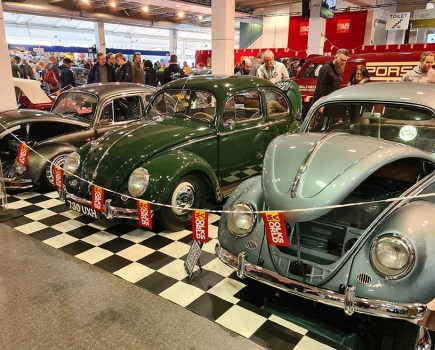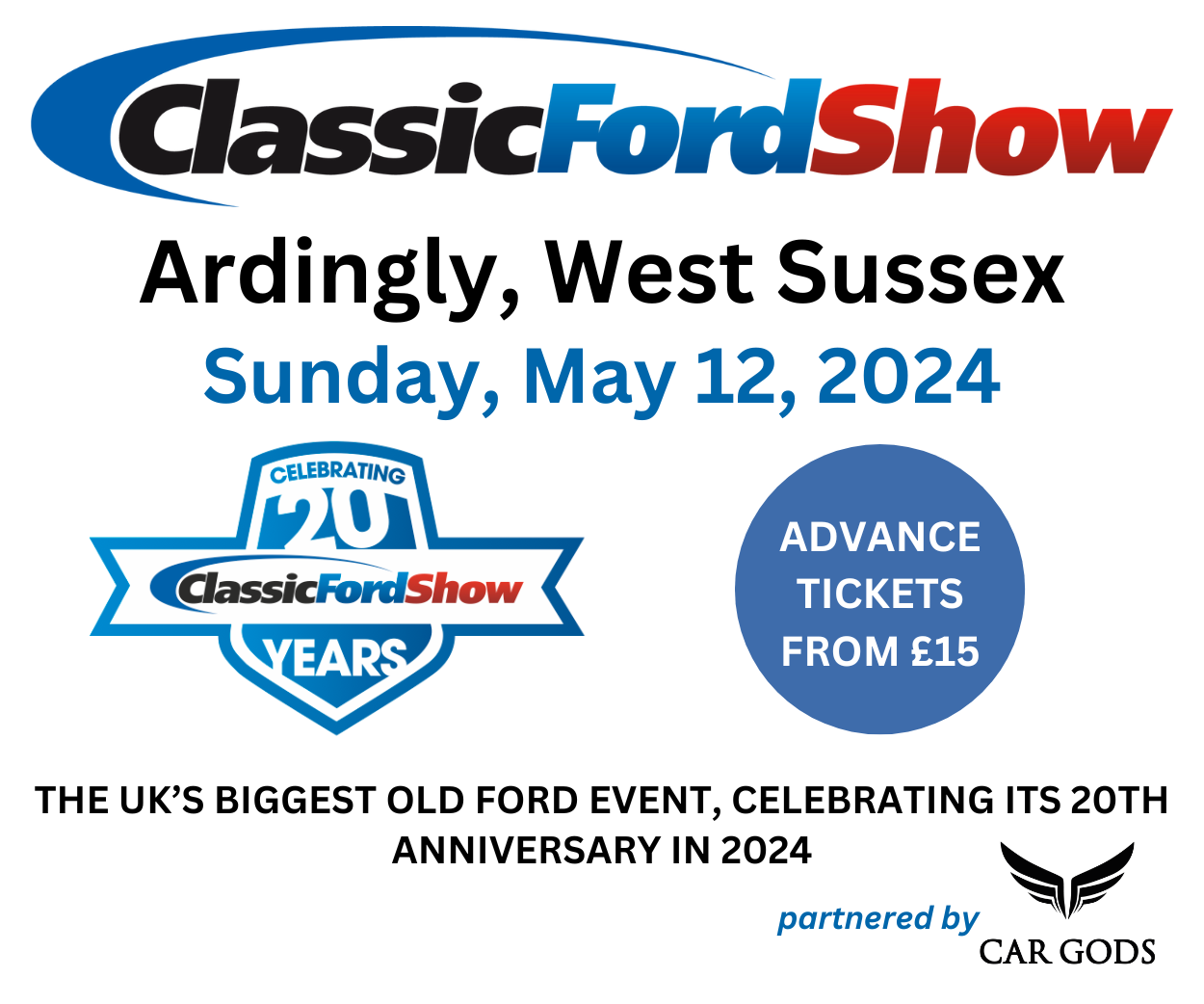Paul Guinness laments the demise of the dad car…
I vividly remember my excitement as March 1977 approached, the month when my father would be taking delivery of his brand spanking new Princess 1800 company car. For me it was an even more thrilling prospect than my 12th birthday, which would also be occurring later that same month. To a car-mad lad whose family had never enjoyed a new, fresh-from-the-showroom model before, the imminent arrival of the Princess was just about the best thing ever.
That might all sound very melodramatic almost exactly forty years later, but we see the world through very different eyes when we’re young. Compared with the three-box dreariness of a Cortina, I felt the Princess was daring, exciting and really rather dashing. It didn’t matter that my dad’s was just the entry-level 1800, which brought with it vinyl seats that caused summertime agony to a shorts-wearing 12-year-old. All that mattered was that I was being ferried around in a brand new Princess, a car that had suddenly adopted the role of World’s Best Dad Car.
I’m sure I’m not alone in having fond memories of one particular dad car. For me, out of all the vehicles my parents drove during my formative years, the Princess stands out as my personal favourite. And there’s every chance you have a stand-out car from your own childhood, a machine that performed the role of dad car equally brilliantly. Whether a Cortina, a Marina, a Minx, a Dolomite or a Victor, it’s fondly remembered for transporting your family on local trips and two-week holidays alike, filling your mind with happy childhood memories to be treasured all these years later.
No matter how different your own dad’s car might have been from our Princess, the one thing it almost certainly had in common was the fact that it was a saloon. Or maybe an estate at a push. If you were born in the 1960s or ’70s, these were the cars you grew up with; your dad would almost certainly have had a saloon of some description, unless a particular need for extra carrying capacity necessitated the choice of an estate version. The family car market was so much simpler back then.
Changes were coming, of course, not least via the arrival of the family-size hatchback. France might have got the ball rolling in 1965 with the Renault 16, but British Leyland followed suit four years later with the controversial new Austin Maxi. And as the ’70s wore on, other companies adopted the same trend with full-size hatches of their own, two of the most important being the original Volkswagen Passat and Chrysler’s crucial new Alpine. Even so, by early 1977, when delivery of my dad’s Princess was imminent, the five-door family hatchback was still very much a minority choice.
As I write this, I’m leafing through a copy of What Car? magazine from that year (yes, I still have all the motoring mags I bought as a child), with the price list section confirming what I’ve just suggested. Appearing over two pages and with four columns per page, all of the new-car prices were split into different body types, with four-door saloons being by far the most prolific – occupying the best part of three separate columns. By comparison, the section for five-door saloons (as What Car? insisted on calling those hatchbacks of the time) took up less than a half a column, making the humble four-door the dominant force in new cars.
How different things are today, when even the hatchback that grew to dominate the market in the 1980s is now overshadowed by a plethora of SUVs, MPVs, crossovers and even an amalgam of several different genres. You fancy a coupe with high ground clearance and some off-road ability? No problem, sir. So diverse has the new-car market of today become, an incredible 25% of sales throughout Europe are of SUVs and crossovers.
In short, the family car market has diluted. And, in turn, that means the traditional dad car – the four-door saloon from a mass-market company – is moribund. Oh sure, it’s still possible to go out and buy a relatively traditional four-door saloon from a mainstream manufacturer, but few people do. You can still treat yourself to a four-door Ford Mondeo, if you so wish; but most folk opt for the five-door hatch or estate version instead. And even they’re dwindling in number, as vastly more buyers opt for prestigious German brands like BMW, Audi and Mercedes-Benz when choosing their family saloon.
So maybe that’s it? Maybe the dad car of the 21st century is the latest-spec BMW 3-series or Mercedes-Benz C-Class, especially as the latter is a regular in today’s British top ten best-sellers list. Premium German brands now provide the company cars that vast numbers of user-choosers opt for, making it difficult for ‘middle ground’ companies like Ford, Vauxhall, Peugeot, Renault and so on to compete when it comes to saloons. Or maybe the dad car of today is that new-spec SUV? Dads are now as likely to be seen behind the wheel of a faux 4×4 as they are driving a German saloon with a posh badge.
So when, we wonder, did the traditional dad car effectively die? You could argue that the demise of the Rover 75 in 2005 marked the end of the affordable British-built four-door saloon; and there’s no doubt that the 75 was a brilliant dad car thanks to its combination of glorious traditionalism and family-style comfort. In reality though, the rot had set in long before then, as buyers became more adventurous and starting thinking outside the four-door box from the 1990s onwards. And as soon as previous stalwarts like the Mondeo and Insignia dropped out of the Top 10 best-sellers list, usurped by SUVs and German-badged premium saloons, the writing was well and truly on the dad car wall.
As for my dad’s poor old Princess (which he ended up buying from his company when it was three years old, so reliable had it been up until then), a quick online search reveals that it hasn’t been taxed since 1985 – which suggests it was scrapped at just eight years of age. And forty years on from my excitement over its arrival, I find that rather sad.








